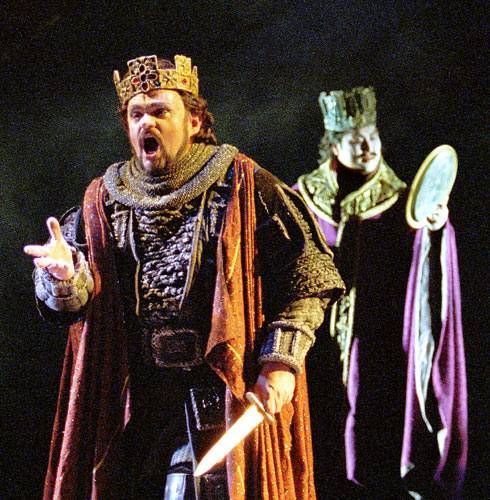

Shakespeare disobeyed the time given by his source. “The weight of this sad time we must obey” says Edgar at the end of King Lear, and in Othello - another play whose timespan Shakespeare has drastically reduced from his source - the hero echoes this line: “We must obey the time.” Battle of Dunsinane by John Martin. In both Romeo and Juliet and King Lear, messages are delivered only moments too late and cause deaths. He condenses years into moments, bitter rivals into lovers, and in particular the tragedies hinge upon the shortness of time. Shakespeare’s is an art of intensification. He longs for eternity, for the endless deferral of the present, but he is like all of us trapped inside too-short human time.ġ5 August reveals much about this play and its author. There would have been time for such a word.-Ĭreeps in this petty pace from day to day, Later, when he hears of the death of his wife, he says: “What!” he declares, “will the line stretch out to th’crack of doom?” He is horrified that Banquo’s family will rule until, it seems, the end of time, while his kingship is only temporary. The witches promise Macbeth that he shall be king, but they also show him a vision of the eight kings that will follow him, all of whom are the heirs of Banquo. The central character is obsessed with the rushing passage of time.

This compression of seventeen years into what feels like only weeks isn’t incidental to the play. Malcolm flees to England and returns to depose Macbeth. That night, Macbeth kills Duncan, and the body is discovered in the morning Macbeth becomes king, murders Banquo, holds a feast, and sees a ghost. The play opens in civil war and in a flurry of action: messengers sent back and forth, the battle, and the arrival of King Duncan as a guest at Macbeth’s castle.

Holinshed Chronicles, Public Domain via Wikimedia Commons.No dates are given in Shakespeare’s play, but the dramatic version of events is far more rushed than the seventeen years narrated in the Chronicles. Macbeth and Banquo encountering the witches. Macbeth is, according to Holinshed, not immediately a tyrant: “governing the realme for the space of ten yeares in equall justice,” he becomes increasingly paranoid and murderous, and eventually “He was slaine in the yeere of the incarnation 1057” by Malcolm, who assumes the throne. Holinshed narrates how Macbeth was “sore troubled” by King Duncan’s nomination of his son Malcolm as heir to the throne, and “he slue the king at Enuerns, or (as some say) at Botgosuane, in the sixt year of his reigne,” on 15 August 1040. The principal source for the plot of Macbeth is the massive Chronicles of England, Scotland, and Ireland, compiled by Raphael Holinshed and first published in 1577. By paying attention to what he retains from his sources, and what he changes, we may produce - like developing a photograph from its negative - a portrait of Shakespeare at work. Since we know with some precision - thanks to the diligence of many scholars - the sources he relied upon in writing the plays, we are able to trace his creativity by a simple contrast. We don’t have a photograph, of course, and even the portraits that we do have are unreliable, but in his plays he left snapshots of a different kind. Susan Sontag wrote that having a photograph of Shakespeare would be like having a piece of the True Cross.


 0 kommentar(er)
0 kommentar(er)
